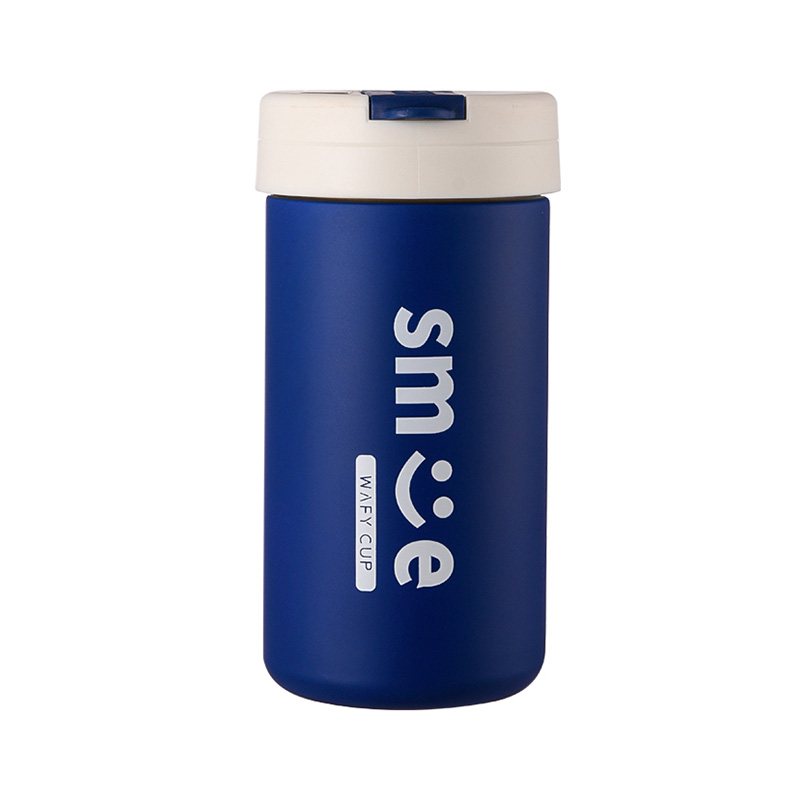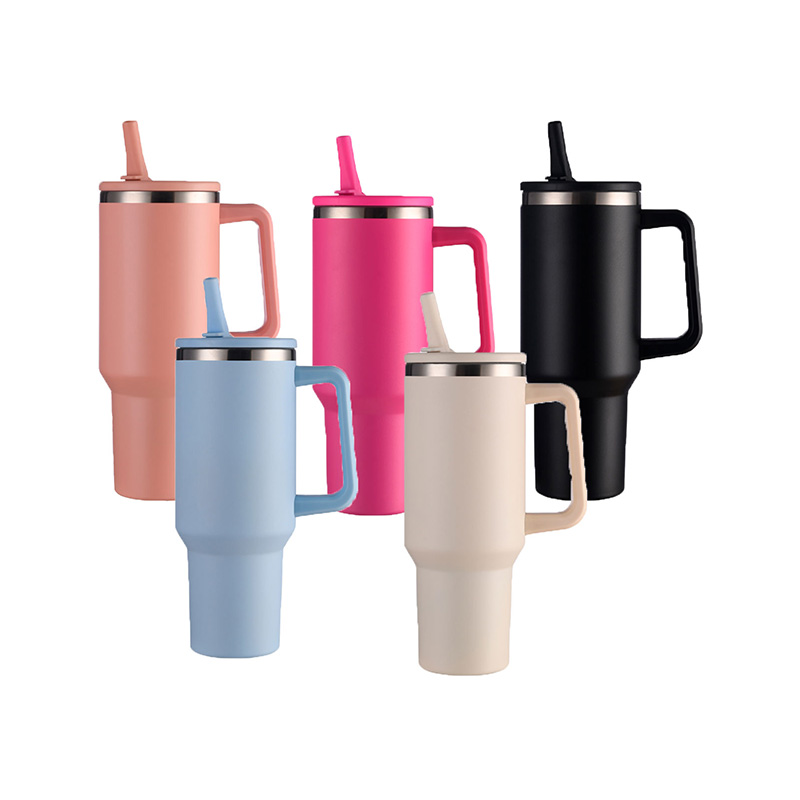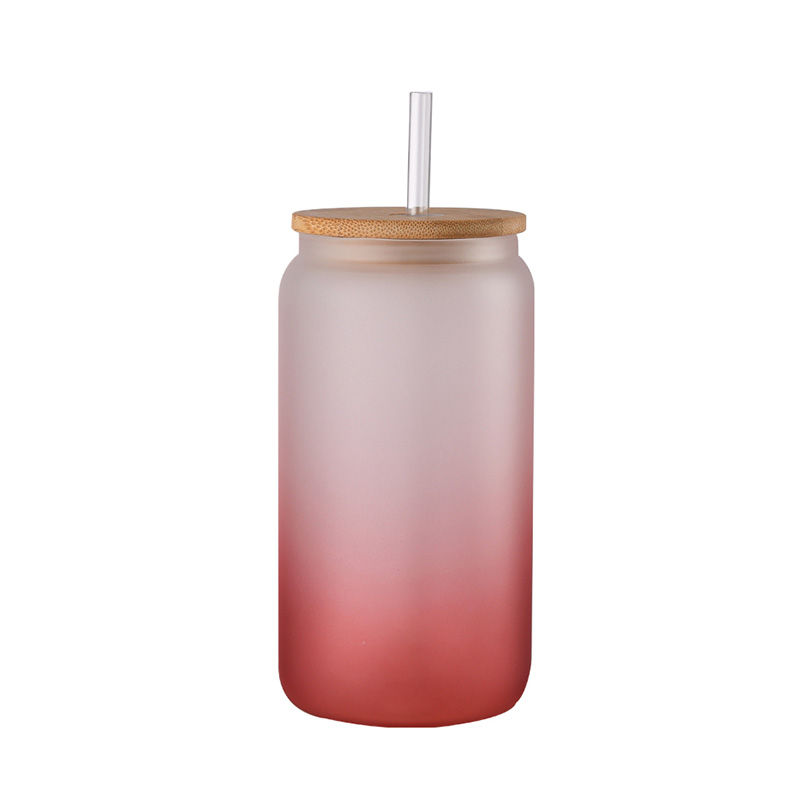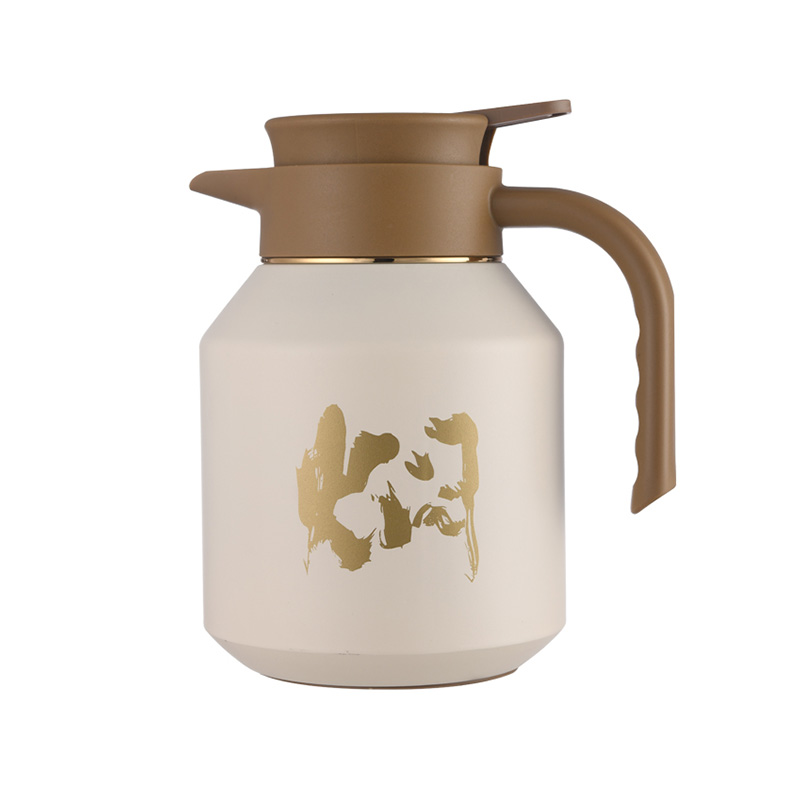-BSCI Certified S/S Tumbler
Industry News
Exploring the Shock Absorption Capabilities of a Well-Designed Insulated Coffee Mug
Aug 15,2025
Evaluating Drop Resistance in Insulated Coffee Mug Construction
When selecting a reliable drinkware solution for everyday use, especially one meant to carry hot beverages, durability becomes a key consideration. The Insulated Coffee Mug, known for its thermal retention, is often subject to drops, bumps, and daily wear and tear. Therefore, beyond insulation, a well-designed mug must offer strong resistance to physical impact. The question arises: how well do these mugs perform when it comes to shock absorption and structural durability? The answer depends largely on the materials used, structural reinforcements, and product design philosophy.

Materials That Contribute to Impact Resistance
One of the first factors influencing drop resistance is the type of material used in the mug's construction. High-quality insulated mugs are typically made from stainless steel, which provides good strength and resistance to dents or breakage. In contrast to ceramic or glass mugs, stainless steel models are less likely to crack or shatter when dropped. Some versions are also enhanced with outer silicone or rubber sleeves, which not only provide grip but also serve as shock absorbers in the event of an accidental fall.
Protective Features in Mug Design
Modern insulated mugs often incorporate design elements aimed at reducing the effects of physical shocks. For instance, rounded edges and reinforced bottoms help distribute impact forces more evenly, preventing concentrated stress points that might cause dents or deformation. Additionally, the inclusion of dual-wall insulation with a vacuum gap can absorb part of the kinetic energy from a drop, slightly cushioning the blow and helping maintain structural integrity.
Lid Durability and Seal Integrity After Drops
A mug's durability isn’t limited to the body; the lid and seal system also play a crucial role. A poorly constructed lid may crack or lose sealing efficiency after a fall, rendering the mug unsafe for hot beverages. Premium insulated coffee mugs are usually equipped with impact-resistant plastic or composite lids designed to withstand regular drops. These lids often feature locking mechanisms or rubberized gaskets that remain functional even after minor impacts, maintaining leak resistance and thermal insulation.
Real-World Use and Durability Testing
Many insulated mug manufacturers conduct drop tests as part of their quality assurance process. These tests simulate everyday scenarios such as drops from waist-height onto hard surfaces. In most high-end products, mugs are able to endure such conditions without compromising usability. While cosmetic blemishes like scratches or minor dents may occur, the core function of the mug—insulating and preventing spills—remains unaffected.
User Behavior and Long-Term Performance
Even with a sturdy build, responsible use extends the life of an insulated coffee mug. Users who avoid repeated high-impact drops, clean the mug according to manufacturer guidelines, and store it properly will benefit from prolonged durability. It’s also important to remember that not all mugs are created equal; budget models may prioritize aesthetics over resilience, while premium options tend to invest more in impact-resistant design features.
Built to Endure Everyday Bumps and Drops
In general, a well-made Insulated Coffee Mug is engineered with materials and design elements that provide strong resistance to impact. Whether it’s stainless steel construction, silicone reinforcements, or shock-resistant lids, these features allow the mug to withstand the occasional drop without compromising its functionality. While no product is completely indestructible, today’s guiding insulated mugs offer a commendable balance of toughness, performance, and reliability for daily use in diverse environments.
NEXT:Understanding How Insulated Coffee Mugs Prevent Hand Burns Through Smart Design Features
Your email address will not be published. Required fields are marked *
 +86-579-87217855
+86-579-87217855 ykdc@dingchuncup.com
ykdc@dingchuncup.com


 English
English Español
Español عربى
عربى




 +86-579-87217855
+86-579-87217855 ykdc@dingchuncup.com
ykdc@dingchuncup.com +86-579-87217600
+86-579-87217600 No.169 Yingbin Avenue, Industrial function zone, Xiangzhu Town, Yongkang Zhejiang, China.
No.169 Yingbin Avenue, Industrial function zone, Xiangzhu Town, Yongkang Zhejiang, China.